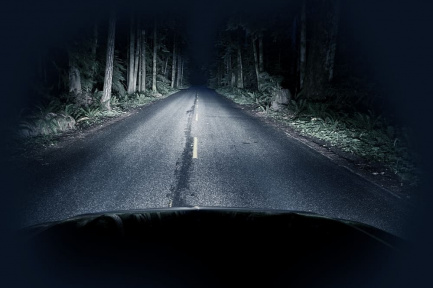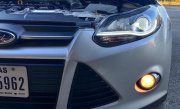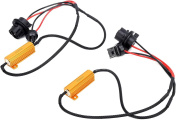
Low beam headlights are usually misnamed "high beams". They are actually the opposite - a low light beam that is meant to be used in high beam situations. In order to sort out this confusion, we need to understand the difference between high and low beams. So, let`s take a closer look at low beam headlights.
What are low beam headlights?

In order to understand what low beam headlights are, we need to first take a look at high beams. High beams are a type of headlight that emits a bright light, which is used to illuminate the road ahead in low-light situations such as during the nighttime or in foggy weather. Low beam headlights, on the other hand, are a type of headlight that emits a low light beam. These types of headlights are typically used in high-beam situations, such as when driving on the highway.
The construction of low beams is such that they produce a beam of light that is wide and dispersed. This allows for a greater amount of light to be cast on the road ahead, which makes it easier for drivers to see. Low beams are also designed in such a way that they do not cause glare. This is because the light emitted from low beams is directed towards the ground, and not into the eyes of oncoming drivers.
High and low beam headlights are two crucial safety functions on your automobile, but many drivers aren't aware if their vehicle has distinct bulbs for high and low beams. The fact is that it all depends on the sort of car you drive. For example, some newer cars have what's called "bi-xenon" headlights. These special lights have a bulb that actually moves up or down inside the headlight housing, depending on whether the driver wants to use high or low beams. Other cars have separate bulbs for high and low beams, but they both remain in the headlight housing at all times.
No matter what sort of car you drive, though, it's important to know how to use your high and low beams properly. The general rule of thumb is that you should only use your high beams when there are no other vehicles around. This is because the bright light from your high beams can be very blinding to other drivers.
While low beams are typically used in high-beam situations, there are some instances where high beams may be used in low-beam situations. For example, if you are driving on a dark road with no streetlights, you may need to use your high beams in order to see. However, you should always be mindful of other drivers when using your high beams and should avoid using them if there are any oncoming vehicles.

When should you use low beam headlight?
Let`s make a little summary of when drivers should use low beam headlights on their vehicles.
The short-range light emitted from low beams is less likely to blind other drivers in traffic, making it ideal for city driving. Driving in foggy, rainy, or snowy weather is easier with your low beam lights due to the downward direction of the light. You can also use your low beams when you are driving on well-lit roads, such as those with streetlights.
While it is important to know how to use your high and low beams properly, there are some instances where you may need to use your high beams in order to see. For example, if you are driving on a dark road with no streetlights, you may need to use your high beams in order to see. However, you should always be mindful of other drivers when using your high beams and should avoid using them if there are any oncoming vehicles.
Low beams vs other car lights
DRLs or daytime running lights are also commonly misidentified as low beams. DRLs are designed to increase the visibility of a vehicle during the daytime, but they are not as bright as low beams. DRLs typically use less wattage than low beams, so they don't produce as much light. In some vehicles, the DRL bulbs may be integrated into the headlights, while in others they may be separate.

Fog lights when compared to low beams, are designed to provide more illumination at a lower angle, to penetrate through fog, rain, snow, or dust. This makes them appear brighter than low beams when looking straight ahead, but they will not light up the road as far ahead. Many vehicles have separate switches for the fog lights so that they can be turned on and off as needed.
Finally, some motorists may confuse high beams with low beams. High beams are designed to provide maximum illumination at a long range. They should only be used when there is no oncoming traffic, as they can cause glare and temporarily blind other drivers. In conclusion, low beam headlights are the standard headlights that are used for general driving conditions. They provide adequate illumination at a moderate range and are typically used in conjunction with other car lights such as daytime running lights or fog lights.
Final words
Now you know what are low beam headlights and how they differ from other car lights! So, the next time you're out on the road, be sure to use them appropriately to ensure your safety and the safety of others. Be sure you know all about your car lights before hitting the road! If you have any questions, be sure to ask a professional or consult your car's manual.








